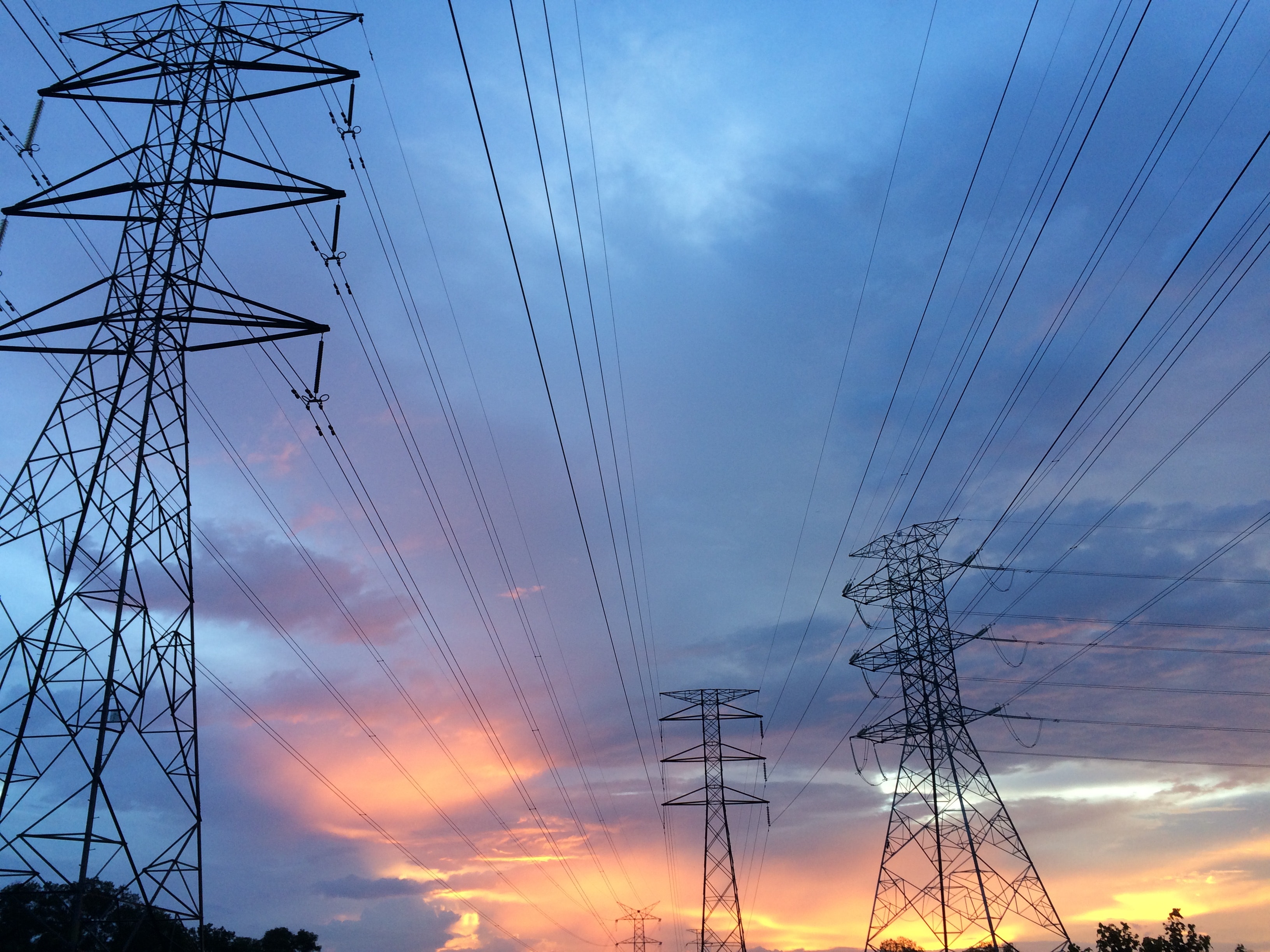Aerial Lifts in Hawaii
Aerial lifts support Key Hawaiian Industries
Aerial lifts support the basic function of electric power and telecommunications in Hawaii. Because aerial lifts are used by Rural Electric Cooperatives, Municipal Utility Organizations and Investor Owned Utility Companies, they are essential to the flow of electricity to homes and businesses across the state. Other important applications for aerial lifts in Hawaii include telecommunications, forestry, traffic signal and signage maintenance and wind turbine blade maintenance. Hawaii’s unique geography offers a unique challenge to those aerial lifts that are used to support the state’s infrastructure.
Distributors for Hawaii

Electric Power and Utility Industry in Hawaii
Hawaii’s electric utility industry is becoming increasingly diverse and has four major consumer options for power, comprised of Investor Owned Utility companies and Electric Cooperatives. Sources of electric power are either renewable or imported. The majority of electric power in Hawaii is created from imported petroleum, however, the state has the most aggressive renewable energy policy in the United States, requiring 100% renewable energy generation by 2045. Aerial lifts are built by Versalift to address the needs of the electric power generation, distribution and transmission industries.

State Utility Companies
Aerial lifts support the work of all of the electric utility providers across the state of Hawaii. This is true in the case of investor owned utilities and rural electric cooperatives. The difference between Investor Owned Utilities (IOUs) and Electric Cooperatives (RECs) is that IOUs are for-profit corporations, while RECs are membership-based not-for-profit organizations. Additionally, Hawaiian IOUs tend to serve denser parts of the state, including Honolulu, where RECs tend to serve less populated areas of state, like Kauai. Solar power provided half of Hawaii’s renewable generation in 2017, primarily because of the growth of distributed rooftop solar photovoltaic electricity generation, which has nearly doubled since 2014.
- Hawaiian Electric Company
- Hawaiian Electric Light Company
- Kauai Island Utility Cooperative
- Maui Electric Company
View Lifts
Aerial Lifts for Telecommunications Construction & Maintenance in Hawaii
Aerial lifts that are built by Versalift for telecommunications fleet organizations and contractors in Hawaii provide a lower true cost of ownership. In Hawaii, broadband internet, land telephone lines and cable television are supported through overhead networks of coaxial and fiber optic cable. Businesses and homes need consistent and inexpensive access to data services. Interestingly, Hawaii has a higher percentage of households with computers than the rest of the country. Hawaii is one of the most connected states in the country, with only 8% of its population having limited access to broadband internet. 100% of the state has mobile wireless access.
State Telecomm and CATV companies
Aerial lifts are constantly in use in Hawaii, where more than 1.4 million Americans rely upon the consistent flow of data to operate their businesses and make their lives go. The overhead networks of data cable that line the highways of the state’s many islands require regular maintenance and upkeep. Additionally, telecommunications providers in Hawaii operate fleets that provide customer service and maintenance to these overhead networks. This requires specialized equipment with payload, storage, maneuverability and vertical reach. One such piece of equipment is the Versalift Vantel-29, which has the lightest weight and the greatest payload capacity in its industry peer group. There are four major telecommunications providers in Hawaii:
View Lifts

Hawaii
With a population of just under one and a half million people, Hawaii is known as the Aloha state. Officially gaining statehood in 1959 after being made a protectorate in 1900, Hawaii is the fiftieth and most recent state in the union. The state attracts a huge amount of tourism to its beautiful beaches, rainforests and active volcanoes. Tourism is a huge part of the economy, generating about one sixth of the taxes collected by the state. Honolulu, located on Oahu, is the capital of Hawaii, and is the central population hub. The Honolulu Metropolitan Statistical Area has more than 950,000 people, two thirds of the state’s entire population. Pearl City is located on Oahu, and is the home of Pearl Harbor, one of Hawaii’s most famous and important memorial sites. Hilo is the seat of Hawaii County, and is the home to a University of Hawaii campus, the Imaloa Astronomy Center and the Mauna Loa Macadamia Nut Corporation.
Notes on Aerial Lift Safety from the United States Department of Labor
Hawaii Aerial Lift Safety
Hawaii Aerial Lift Safety is aligned and compliant with United States federal guidelines. It is consistent with every American state in this way. Safety is strictly enforced through the state, with aerial lift safety guidelines provided through the United States Department of Labor’s OSHA division.
Bucket Trucks and their applications for Forestry in Hawaii
Bucket trucks support public and private forestry efforts across the state of Hawaii. The Hawaii Forest Action Plan is a document that assesses statewide forest conditions. The action plan reports on state, private and federal land ownership. The goal is to protect and preserve the natural environment across a range of issues: from big tree health to insect diversity and disease. There are more than 810,000 acres of Hawaiian island forests. US Department of Agriculture Forest Service and National Park service of Hawaii continues to inspect these forests, conducting aerial surveys to identify and assess any potential issues that arise.
Aerial lifts for Bridge Inspection in Hawaii
Bridge inspection equipment in Hawaii is as important as it is anywhere else in the United States. There are approximately 1,100 bridges in Hawaii, and each one must be inspected at least every 24 months. Bridge inspection engineers must be able to gain clear access to inspect structural elements, and this requires specialized equipment. Hawaii’s bridges are most commonly inspected by bridge engineering firms and licensed bridge inspection contractors. According to the Federal Department of Transportation, each state DOT must deliver a biannual report on the state of its bridges. According to the United States Department of Transportation, about 10% of bridges have at least one structural deficiency. Hawaii’s highest bridge is Nanue Bridge on Hawaii Belt Rd, and it’s longest bridge is 2.2 miles long: the Airport Viaduct Bridge on near Honolulu Airport. Aspen Aerials manufactures some of the most innovative and efficient bridge inspection equipment in North America. Learn more about market leading bridge inspection equipment by Aspen Aerials at https://aspenaerials.com.
